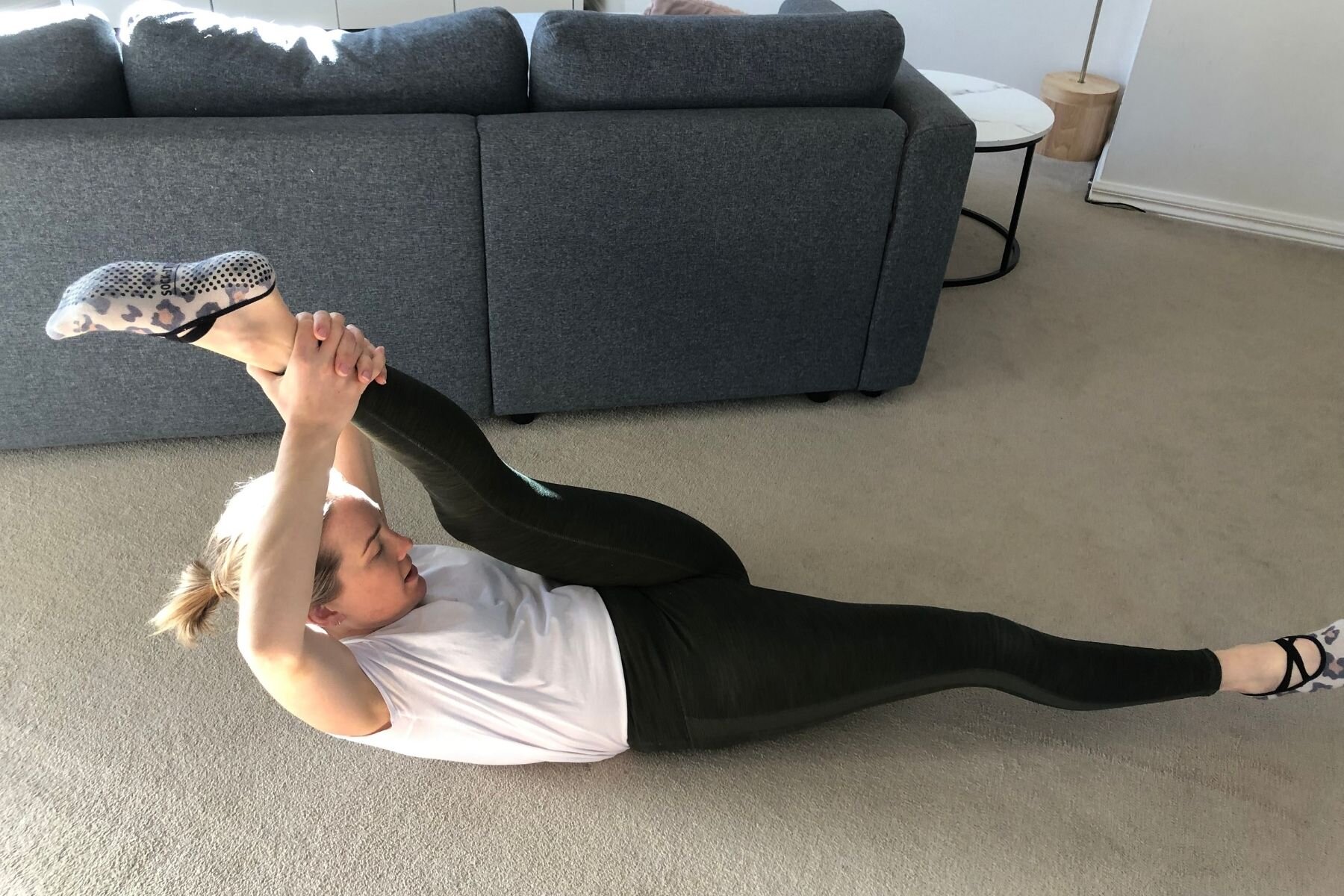Where are my hypermobile peeps at?
I know you’re out there. Apparently 10-25% of the population are hyper mobile.
But what is Hypermobility (sometimes called double jointedness)?
Remember that kid at school who could wrap his arms around his back and lift them over his head like a skipping rope?
Or what about your kooky aunt who can bend her thumb to her forearm?
Maybe you’ve suffered 17 ankle sprains from rolling your ankle too much?
These people are hypermobile!
It’s basically joints that stretch farther than normal. This is because the connective tissue between joints is defective and/or the joint ends of the bone/s are abnormally shaped. The term “double jointedness” is a bit of a misnomer, there is no double or extra of anything.
For sure it can work in your favour when it comes to sports like dancing or gymnastics or even playing an instrument, as you will have more range of movement, but is it really as helpful as it may appear.
Hypermobility tends to run in families and is most common in kids. Children tend to push the limits the most with impressive contortionist tricks. It might be fun or funny as a kid, but it loses its charm when you’re a grown up, none more so than as a hypermobile woman who falls pregnant.
When you are growing a baby, you produce a hormone called relaxin that helps to expand the pelvis so that the head of the baby can pass through. If you are hypermobile, then this production of relaxin can cause all sorts of pain. It can be debilitating in severe cases. I’m talking braces, bed rest, wheelchairs, even a bedpan.
Oh man, as if pregnancy isn’t joyful enough!
My sarcasm is shining through strong there. (Could you tell I did not love being pregnant? There was no pregnancy glow that’s for sure. I’m just grateful I didn’t have to add hypermobility into the bag too!) You can read more about my pregnancy here.
But even if you’re not a pregnant hypermobile woman, having the extra stretch, wear, and tear on joints can lead to a few problems later in life, such as:
Cartilage problems
An increased risk of osteoarthritis
And even, excessive stiffness in joints
Pilates helps the hypermobile person because it teaches you how to find and build the strength in ALL the muscles around your joints. Pilates teaches you how to stabilise before movement so there is less chance of moving into excessive range in a particular movement. This makes things safer for the hypermobile person. It’s like a gentle hug from a Pilates professional around the joints.
Pilates is great for hypermobility as it avoids any high impact activities. It’s these high impact activities that are a no go when you have excessive joint mobility.
Think about running and the high impact that takes place when you pound the pavement with your feet every single step. Now if you are hyper mobile and have not strengthened or stabilised the muscles around the joints, then you are putting yourself at greater risk of injuries such as ankle sprains.
You might be thinking, ‘but I thought Pilates was all about stretching. How do you stretch if you’re hypermobile, and should I forgo the stretching to work on strengthening since it’s so important?’
Yes, Pilates works on flexibility and mobility, but it’s done in a way that is incorporated into the exercise through movement. This type of “stretching” is called dynamic or active. It’s a moving stretch which helps to work on joint mobility by tackling flexibility, strength, and stability all at once. Let me explain what I mean using an example of a simple Hamstring stretch done passively and actively.
Passive hamstring stretch
Active hamstring stretch
In the first photo I am pulling my leg as close to me head as possible. I’m letting my arms do all the work which is pulling my left hip up off the floor and towards my left armpit. So I now don’t have a straight line at the top of my pelvis, or I‘ve lost my ‘squareness’ in my hip, which means my alignment is off. I’m stretching my hamstring but it’s all passive, no resistance, no centering, no strength.
In the second photo I am still pulling my leg towards my head, but the difference is in HOW I’m doing it. As my arms are drawing the leg closer, my leg is pushing into my hands. I’m creating an anchor point at my pelvis by pulling my tummy in towards my spine, which limits the pelvis lifting up and ‘cheating’ my way into it. My non stretching leg also plays a role in this by reaching out away from my pelvis. I’m trying to keep my left waist line as long as the right waist line, so my alignment is better. This type of stretch is an active stretch. There’s resistance, which helps with strength in the stretch while also considering my alignment and stability.
There is a famous explanation of what Pilates is from Romana Kryzanowska, Joseph Pilates’ world renown protégé:
“You can say what Pilates is in three words. Stretch with Strength and Control. And the control part is the most important because that makes you use your mind.”
I just love this, it encapsulates the very essence of what Pilates is. So simple, yet so powerfully true. I won’t go into the ‘Control’ part in this blog, but you can read more about Control and the other Pilates Principles here.
In this way, Pilates is like the Magical unicorn of movement.
It covers all bases. It works the body as a whole. From the inside out.
There are so many populations of people who can benefit from Pilates, but those with super flexible joints are right up the top of the list. I’ve worked with a lot of hypermobile clients over the years, teaching clients how to avoid old, over-flexy movement patterns and habits is so rewarding. I love the look on their faces when they learn to engage muscles properly and they feel stronger in their body and safer in their exercising habits.





